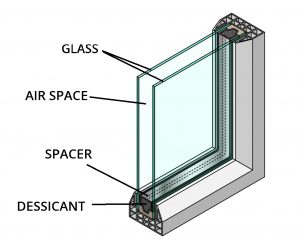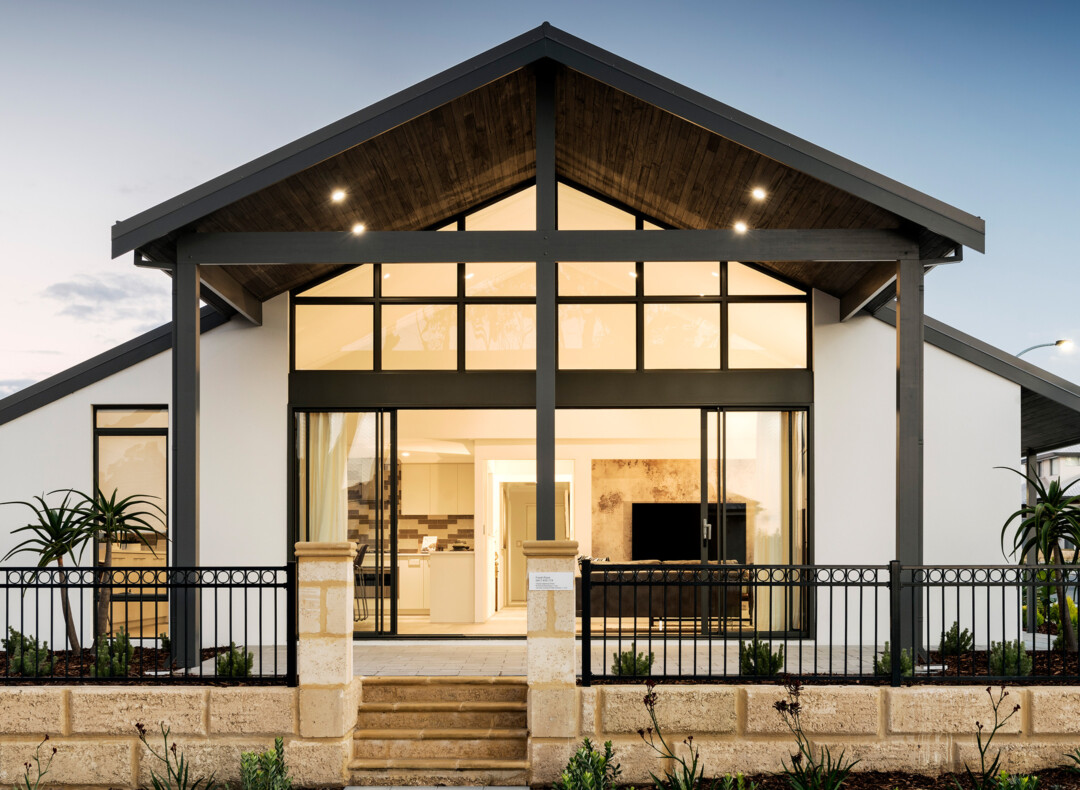All Categories
Featured
Table of Contents
Double Glazed Windows & Doors Melbourne & Sydney in Lynwood Perth
Glazing simply implies the windows in your house, including both openable and set windows, along with doors with glass and skylights. Glazing actually just implies the glass part, but it is typically utilized to refer to all elements of an assembly including glass, movies, frames and furnishings. Paying attention to all of these elements will help you to attain reliable passive style.

Energy-efficient glazing makes your home more comfortable and significantly minimizes your energy costs. Improper or poorly developed glazing can be a major source of unwanted heat gain in summer season and considerable heat loss and condensation in winter season. As much as 87% of a house's heating energy can be gotten and approximately 40% lost through windows.
How Does Double Glazing Keep Heat Out? in Oakford Perth
Glazing is a substantial financial investment in the quality of your home. A preliminary investment in energy-efficient windows, skylights and doors can greatly lower your annual heating and cooling costs.

This tool compares window choices to a base level aluminium window with 3mm clear glass. Comprehending some of the crucial properties of glass will assist you to select the very best glazing for your house. Key properties of glass Source: Adapted from the Australian Window Association The amount of light that goes through the glazing is referred to as noticeable light transmittance (VLT) or noticeable transmittance (VT).
The Ultimate Guide To Double Glazed Windows in Kiara WA
The U value for windows (revealed as Uw), describes the conduction of the whole window (glass and frame together). The lower the U worth, the greater a window's resistance to heat circulation and the much better its insulating value.
For example, if your home has 70m2 of glazing with aluminium frames and clear glass with a U value of 6. 2W/m2 C, on a winter's night when it is 15C colder outside compared to inside, the heat loss through the windows would be: 6. 2 15 70 = 6510W That is comparable to the overall heat output of a large space gas heating unit or a 6.
Glazing And Glass Options - Smarter Homes in Mount Lawley WA

If you select a window with half the U worth (3. 1W/m2 C) (for instance, double glazing with an argon-filled gap and less-conductive frames), you can cut in half the heat loss: 3. 1 15 70 = 3255W The solar heat gain coefficient (SHGC) for windows (revealed as SHGCw) measures how readily heat from direct sunshine flows through a whole window (glass and frame together).
The lower a window's SHGC, the less solar heat it sends to the house interior. The real SHGC for windows is impacted by the angle that solar radiation strikes the glass.
Does Double Glazing Have A Vacuum? in Shelley Western Australia
When the sun is perpendicular (at 90) to the glass, it has an angle of occurrence of 0 and the window will experience the maximum possible solar heat gain. The SHGC stated by glazing producers is always determined as having a 0 angle of occurrence. As the angle increases, more solar radiation is shown, and less is sent.
Latest Posts
Double Glazed Windows: A Complete Guide in Sorrento Western Australia
Faq in Wellard Western Australia
Will Triple Glazing Make My House Warmer? in Darling Downs Perth